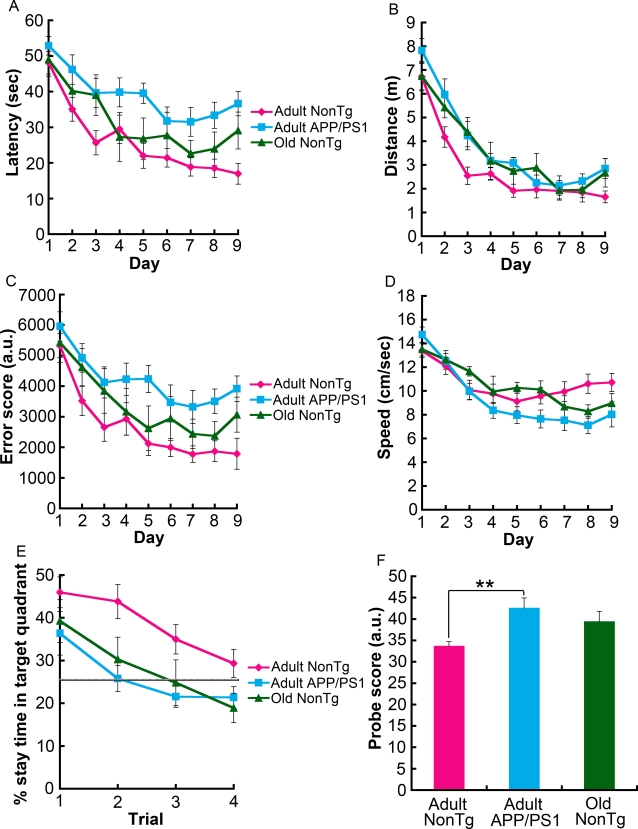Figure 1. Memory decline in adult APP/PS1 mice in the MWM.
(A) Adult APP/PS1 mice, but not old nonTg mice, took significantly longer than adult nonTg mice to reach the hidden platform over the 9-day task acquisition period (F[1,25] = 17.95, p = 0.0003, repeated measures two-way ANOVA). Differences between adult nonTg and adult APP/PS1 mice was also observed in both the distance or the path-length that the mouse swam (F[1,25] = 11.69, p = 0.0022) (B) and in the error score (F[1,25] = 11.79, p = 0.0021), which is defined in the Materials and Methods (C). (D) In terms of swimming speed, no statistical difference was detected among the three groups. (E) Four post-acquisition probe trials were run, and the average percentage of time spent in the target quadrant was plotted. Repeated measures two-way ANOVA analysis showed that adult nonTg mice spent a greater percentage of time searching the target quadrant than adult APP/PS1 mice (F[1,25] = 11.39, p = 0.0024) and old nonTg mice (F[1,19] = 4.56, p = 0.0459). The gray horizontal line in (E) represents random search. (F) The probe scores of adult APP/PS1 mice were significantly higher than those of adult nonTg mice (**p = 0.0033; two-tailed Mann-Whitney U test), suggesting that adult APP/PS1 mice have reduced memory accuracy. The number of mice tested was 13 adult nonTg (9–13 months, 11.0±1.4 months), 14 adult APP/PS1 (9–13 months, 11.0±1.5 months), and 8 old nonTg mice (19–21 months, 20.3±1.2 months). The nonTg mice used in these experiments were wild-type littermates and controls of the single APP/PS1 transgenic line.

